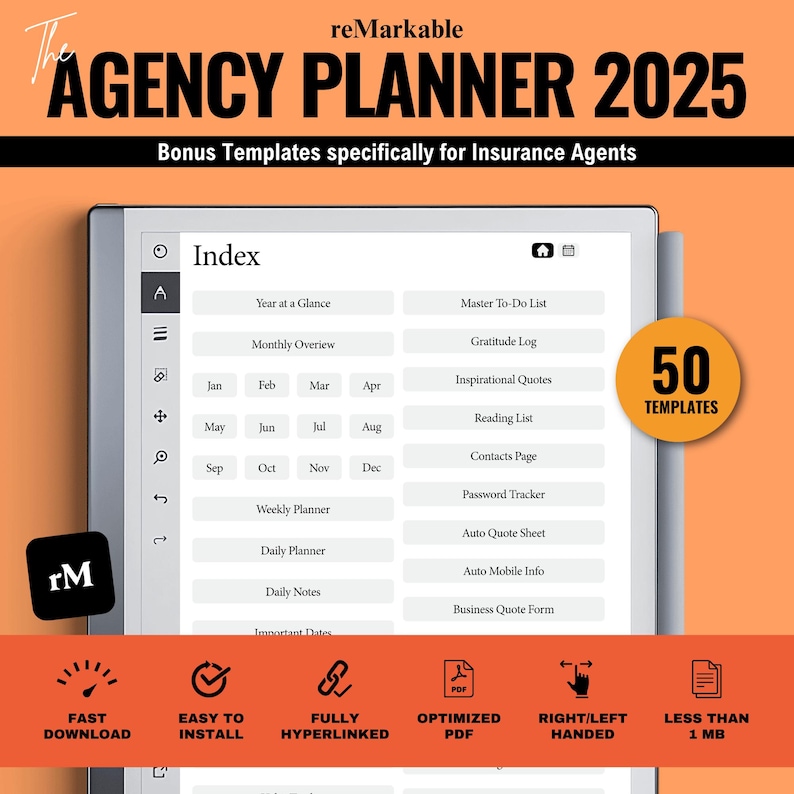Home renovations can transform your living space, adding comfort, value, and functionality to your home. However, these changes don’t just affect your surroundings—they can significantly impact your insurance needs as well. Whether you’re remodeling a kitchen, finishing a basement, or adding an extension, it’s crucial to understand how these upgrades may alter your homeowner’s insurance coverage. Failing to adjust your policy accordingly could leave you vulnerable to unexpected costs or insufficient protection. In this article, we’ll explore the key ways home renovations influence your insurance requirements and what steps you should take to ensure your coverage keeps pace with your evolving home.
Table of Contents
- Understanding the Impact of Home Renovations on Your Coverage
- Assessing the Increased Value and Its Effect on Premiums
- Key Insurance Policy Adjustments to Consider After Renovations
- Tips for Communicating Renovation Details to Your Insurer
- To Conclude
Understanding the Impact of Home Renovations on Your Coverage
When you invest in home renovations, whether it’s a new kitchen, a finished basement, or a rooftop deck, the value and structure of your property change significantly. These improvements often require adjustments in your insurance policy to ensure comprehensive coverage. Failing to update your insurer could mean that in the event of damage or loss, you might only receive a payout based on your original home value, leaving you with out-of-pocket expenses. It’s crucial to review how the scope and cost of your renovations affect your dwelling coverage limits.
Here are some key factors to consider after completing renovations:
- Increased rebuilding costs: New materials, fixtures, and designs may raise the cost to rebuild your home to its updated standard.
- Enhanced liability risks: Features like pools or decks can increase liability exposure, possibly requiring higher personal liability coverage.
- Changes in home usage: Converting spaces for rental or business purposes might necessitate additional policy endorsements.
- Updated replacement value: Account for the current market value after renovations to avoid underinsurance.
Communicate these changes promptly to your insurer to tailor your policy, ensuring your investment is fully protected and your peace of mind intact.
Assessing the Increased Value and Its Effect on Premiums
When you invest in home renovations, the overall value of your property inevitably rises, but this increase doesn’t automatically reflect in your current insurance policy. To avoid potential coverage gaps, it’s crucial to update your insurer about any improvements, whether it’s a new kitchen, an added room, or enhanced security features. Insurance companies calculate premiums based on the replacement cost of your home, meaning that any enhancement increasing this cost will directly impact the amount you pay monthly or annually.
Failing to reassess your coverage with these upgrades can leave you underinsured, facing hefty out-of-pocket expenses in the event of damage or loss. Here are a few key factors that typically influence premium adjustments after renovations:
- Material upgrades: High-end materials increase rebuild costs.
- Square footage: Adding space elevates total coverage needs.
- Enhanced systems: New wiring, plumbing, or HVAC can raise replacement cost estimates.
- Increased liability risks: Features like swimming pools or home gyms might also affect your liability premiums.
Key Insurance Policy Adjustments to Consider After Renovations
When you complete a home renovation, your existing insurance policy may no longer adequately reflect the true value of your property. It’s essential to reassess your coverage limits, as upgraded spaces—whether a new kitchen, an added bathroom, or a finished basement—can significantly increase your home’s replacement cost. Additionally, insurers may require detailed documentation of the renovations, including permits and receipts, to ensure your policy terms align with the improvements. Failure to update your policy might lead to underinsurance at a critical time, leaving you financially vulnerable in the event of damage or loss.
Beyond just the coverage amount, consider fine-tuning specific policy elements to better protect your investment. Key aspects might include:
- Personal Property Coverage: Renovations often involve new appliances, fixtures, and furnishings, which should be accurately reflected in your coverage.
- Liability Limits: Enhanced living spaces can increase risks, so increasing liability coverage may be prudent.
- Loss of Use Benefits: If renovations extend your downtime after a loss, stronger provisions for temporary housing are crucial.
- Specialized Endorsements: Consider endorsements for unique features like custom cabinetry, solar panels, or smart home systems installed during renovation.
Tips for Communicating Renovation Details to Your Insurer
When discussing renovation details with your insurance provider, clarity is paramount. Start by documenting every change, including materials used, updated layouts, and the value added to your home. Providing detailed receipts, contractor estimates, and photos can help paint a complete picture for your insurer, ensuring there are no ambiguities. Avoid vague language like “improvements” or “upgrades” and instead specify exactly what was renovated—whether that’s a new roof, additional rooms, or enhanced security systems.
Consider these practical approaches to streamline communication:
- Schedule a formal review with your agent post-renovation to discuss coverage adjustments.
- Keep an organized file of all renovation-related documents and share copies as needed.
- Ask targeted questions about how specific changes might impact premiums or coverage limits.
- Request confirmation in writing of any policy updates to avoid misunderstandings.
Being proactive and precise in your communication not only safeguards your investment but also ensures your insurance policy evolves seamlessly alongside your home’s transformation.
To Conclude
In conclusion, embarking on home renovations is an exciting journey that transforms your living space, but it also brings significant changes to your insurance needs. As you upgrade, expand, or enhance your property, it’s crucial to reassess your coverage to ensure it adequately protects your investment. Ignoring these adjustments can leave you vulnerable to gaps in protection or costly out-of-pocket expenses in the event of damage or loss. By proactively communicating with your insurance provider and understanding how renovations impact your policy, you can safeguard your home and enjoy peace of mind throughout every stage of your remodeling project. Remember, your insurance should evolve along with your home—never let your coverage fall behind your improvements.






